Vaccines are a way to prevent disease. Vaccines introduce an inactive or altered form of a pathogen into the body. The altered pathogen contains the same antigen ( protein on the surface ) as the real disease causing agent. White blood cells produce antibodies specific to the antigen in the vaccine.
If a vaccinated person is exposed to the same pathogen as the vaccine their immune system responds by rapidly producing antibodies much more quickly than if they hadn't been vaccinated. Usually the immune system can destroy the bacteria or virus before any symptoms appear.
Scroll down to the bottom of the page to find ideas for learning about vaccines, examples of vaccines and the eradication of smallpox.
How do antigens and antibodies work?
Antigens are molecules ( usually proteins ) found on the outer surface of cells. The human immune system can distinguish between its own cells and foreign cells.
White blood cells release antibodies specific to the antigen on the surface of a pathogen. These clump pathogens together so they can be destroyed by white blood cells. This process is called phagocytosis.
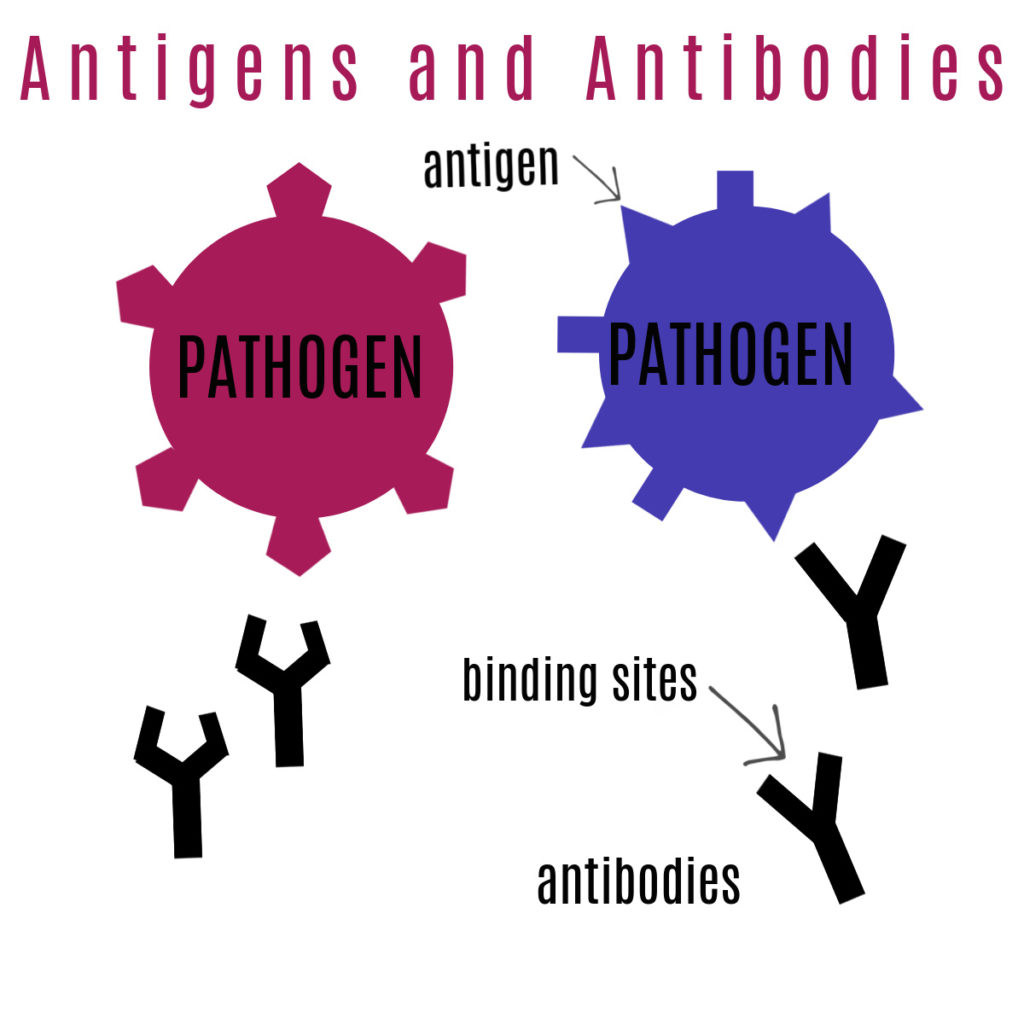
How do vaccines work?
When a person becomes infected by a pathogen, the pathogen triggers an immune response. One way the immune system fights infections is by making antibodies.
Antibodies remain in the blood for a period of time even after the pathogens have been destroyed. If a person is infected by the same pathogen again the immune system is able to act much more quickly and destroy the pathogen before it has chance to make the person ill.
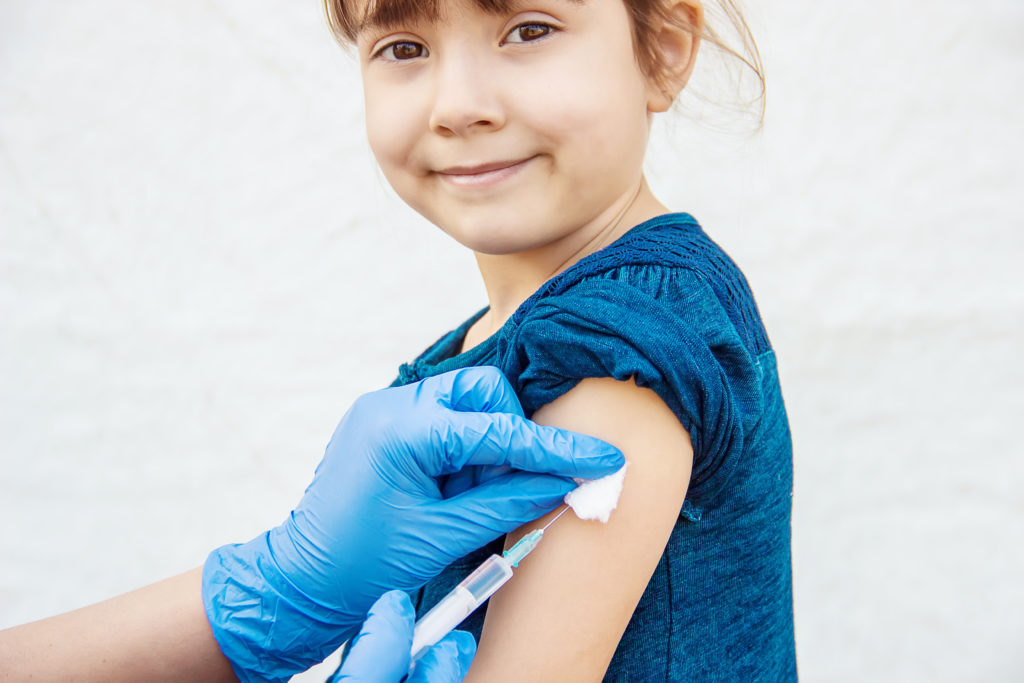
When a person has antibodies to a disease they are said to be immune to that pathogen. Vaccines can protect against diseases for many years.
Immunity can be triggered artifically using a vaccine. This is called artifical immunity.
Vaccines contain contain either weakened or inactive pathogen or parts of the pathogen containing antigens. They trigger the immune system into mounting a response and creating antibodies for a pathogen without making you ill.
Vaccinations can be injected into the body, given as a nasal spray or by mouth.
Why do some vaccines have to be stored at cold temperatures?
Antibodies match their shape to the shape of the antigens of the pathogen. Vaccines are stored at particular temperatures so the shape of the antigen doesn't change. If the antigen was to change it wouldn't protect against the pathogen it was expected to stimulate an immune response for
In the case of mRNA vaccines, these are stored at super cold temperatures to stop the mRNA degrading.
How effective are vaccines
Vaccines are very effective and are thought to save millions of lives each year. Diphtheria, whooping cough, polio and measles are now rare in developed countries thanks to vaccines.
What is herd immunity
Herd immunity is when enough of the population are vaccinated that it becomes very hard for the disease to spread as the number of people who can become infected is so small.
This protects people who can't have the vaccine for some reason.
Vaccine Examples
Diptheria Vaccine
This was introduced in 1942 and is now very rare in counties where people are routinely vaccinated.
Pertussis
This was introduced in 1957. Whooping cough symptoms include a runny nose, fever and cough with a 'whooping' sound that gives rise to the name. Thanks to the vaccine cases have dropped dramatically worldwide.
Measles Vaccine
Measles is an extremely contagious airborne virus spread via coughs and sneezes. While most victims recover fully, in rare cases measles can cause complications especially in adults. The measles vaccine is given in the UK along with Mumps and Rubella as part of the MMR vaccine. This vaccine uses weakened versions of all three viruses.
The story of smallpox
Smallpox is a great example of why vaccinations are so important and the difference they can make to people lives. Smallpox is caused by the variola virus and has a 30% death rate. Symptoms of Smallpox include fever, lethargy and rash with sores and fluid filled pustules. There is historical evidence of smallpox as early as the 3rd century BCE!
The first method of controlling the spread of the virus was by a process called variolation. People who hasn't yet had smallpox were exposed to infectious material from smallpox pustules. They did go on to develop smallpox, but usually a milder version with a lower death rate. One problem with this process was that although the infection of the person who had undergone variolation was mild, they could still spread smallpox to others. Variolation dates back as far as 1000BC in China and India.
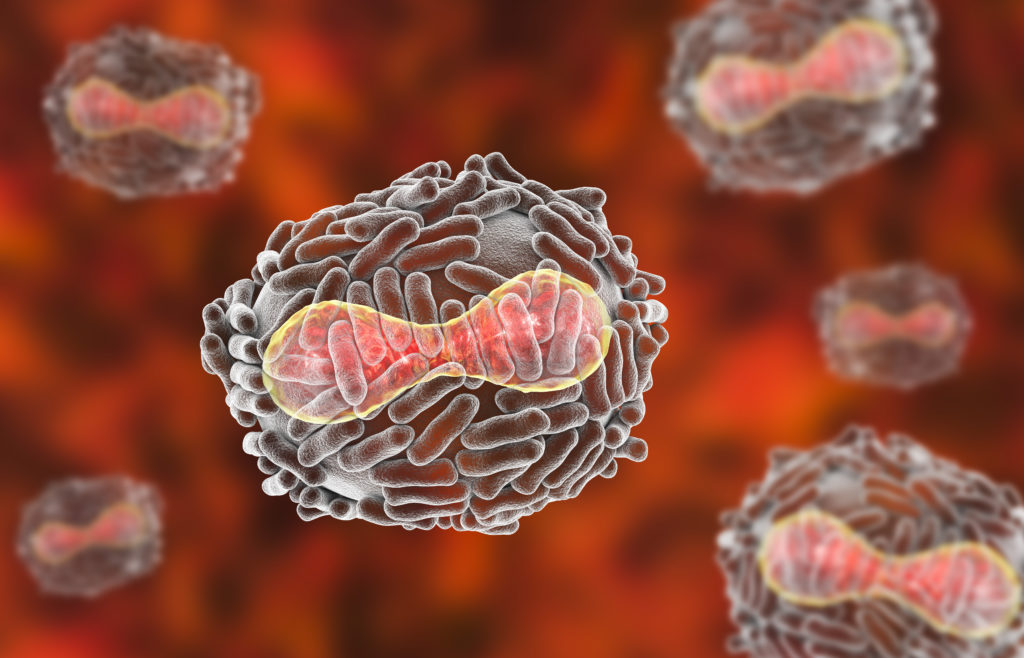
Edward Jenner and Smallpox
In 1796, Edward Jenner noticed that milkmaids who had had cowpox didn't show any symptoms of smallpox. Jenner tested his theory by exposing a young boy called James Phipps to material from a cowpox sore of milkmaid Sarah Nelmes. Several months later Jenner then exposed the boy to smallpox but he didn't go on to develop the disease. This was the first vaccination!
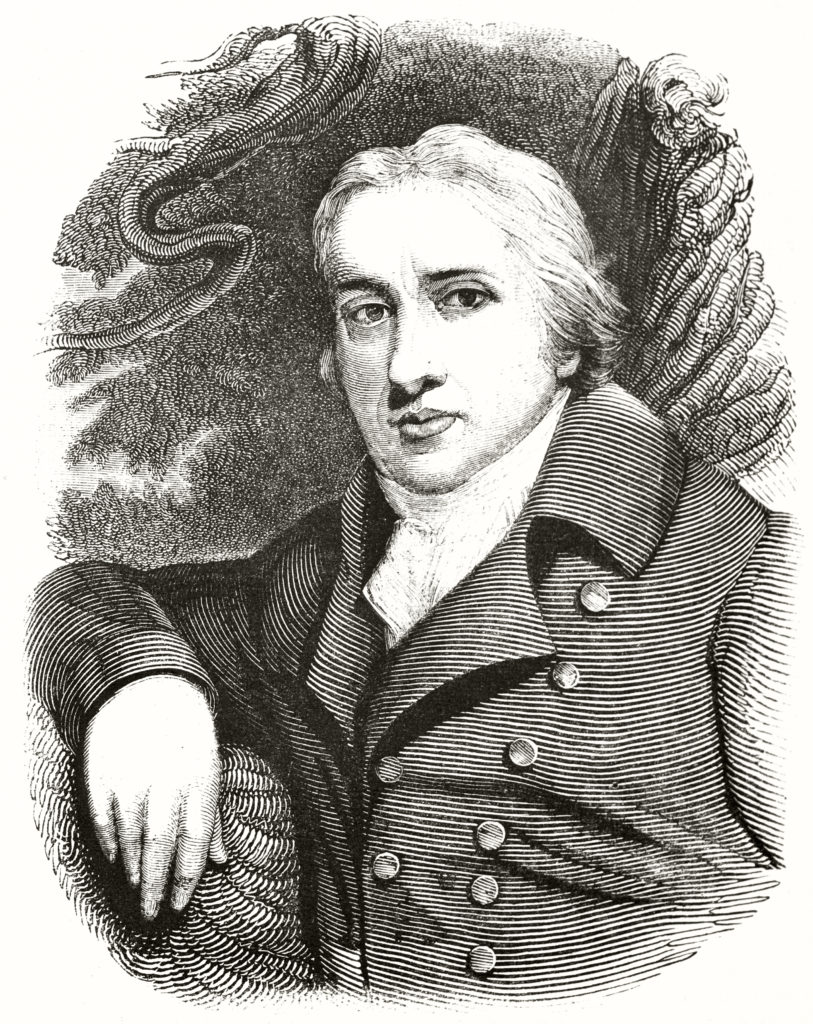
The world was declared officially free from smallpox in 1980. What an amazing achievement!
Hands-on Vaccine Activities
Play dough immune response models
We made a model pathogen with antigens on the surface and matching antibodies. You can see how the antibody fits perfectly to the antigen!
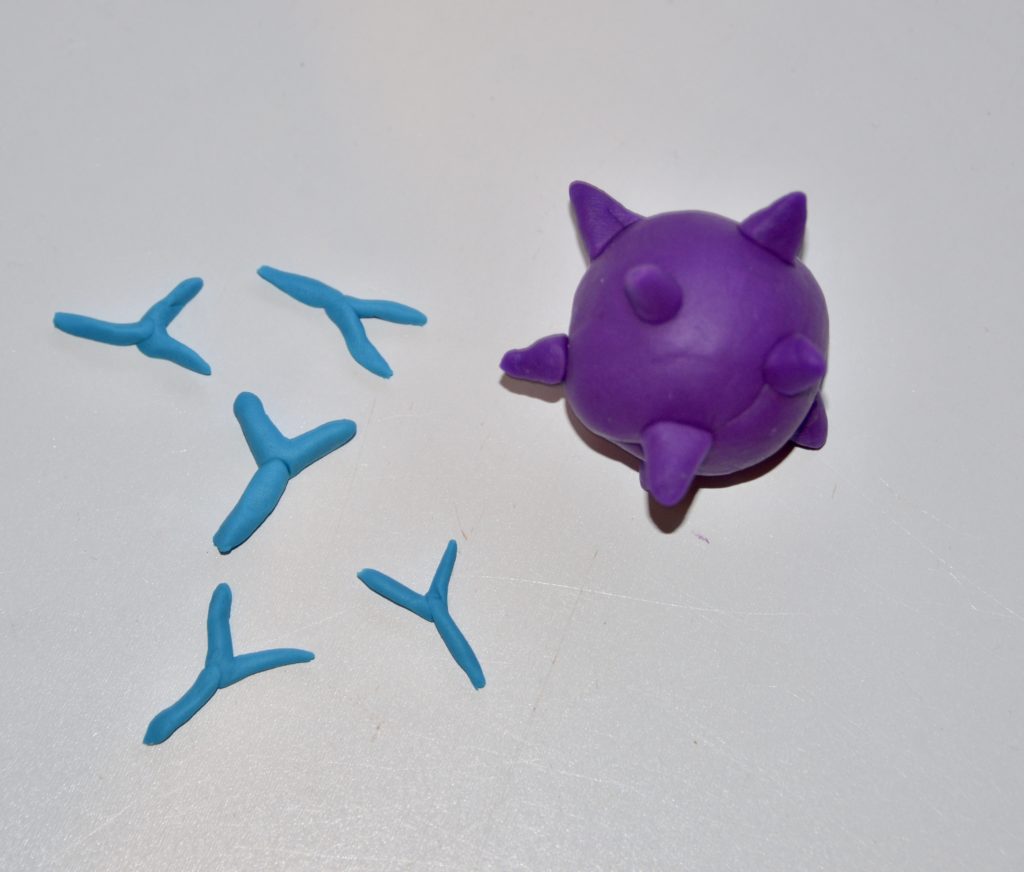
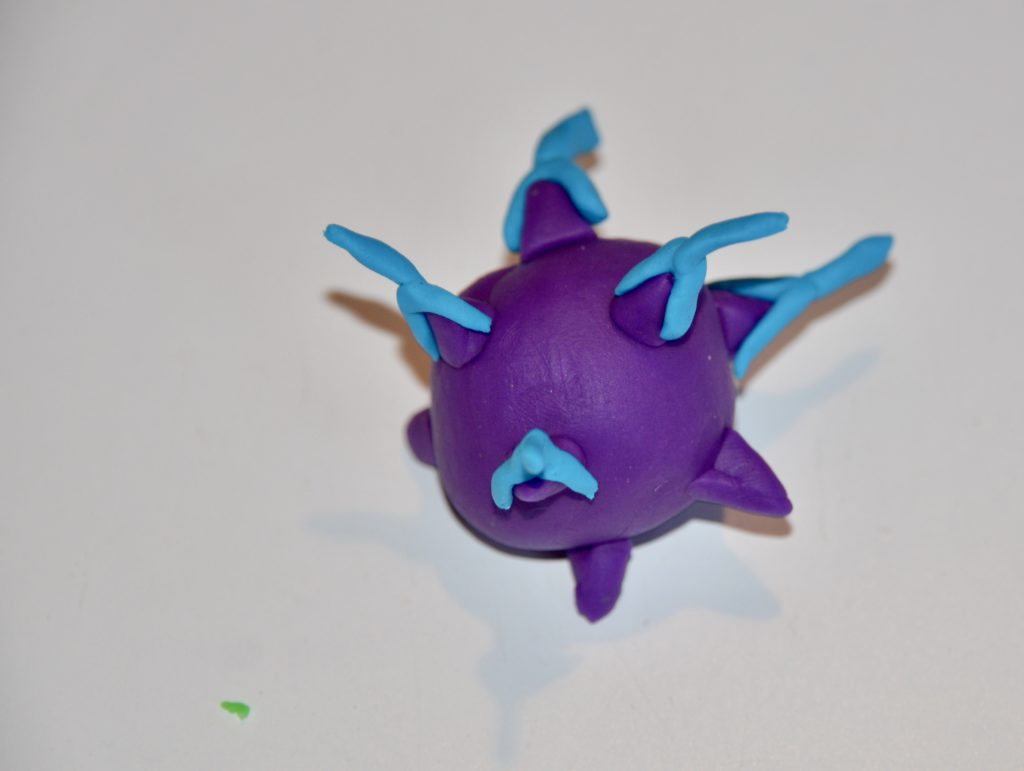
Virus Models
These virus models are great for demonstrating to children how different pathogens can have very different structures.
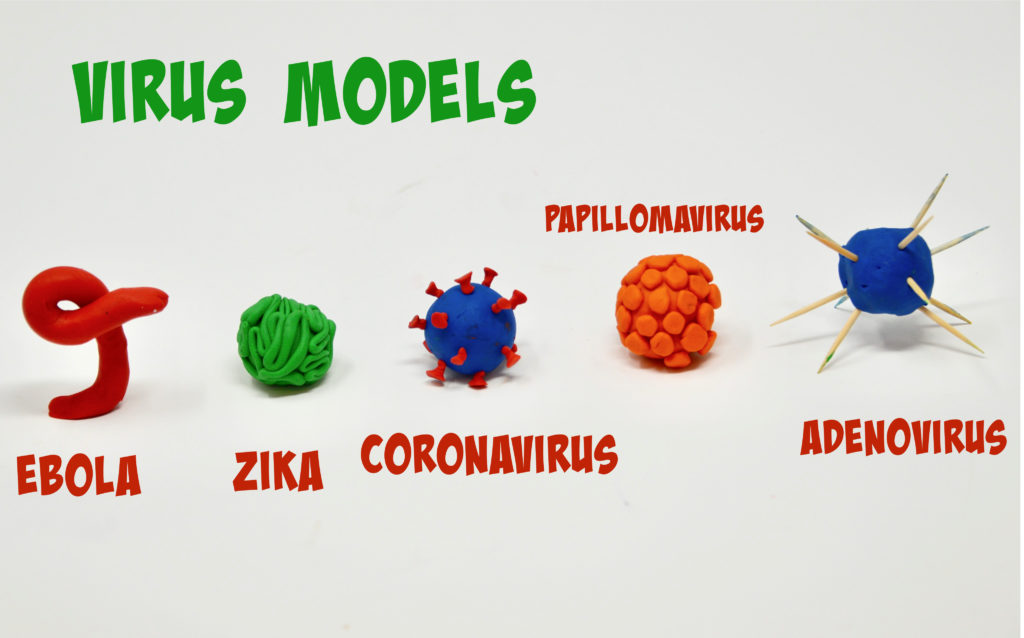
Hand Washing
Find out why it's so important to wash your hands with this easy hand washing activity.
Great vaccine resources for kids
This timeline showing the history of vaccines is fascinating!
The British Society of Immunology has some great educational resources including activity packs and worksheets.
Last Updated on January 28, 2021 by Emma Vanstone
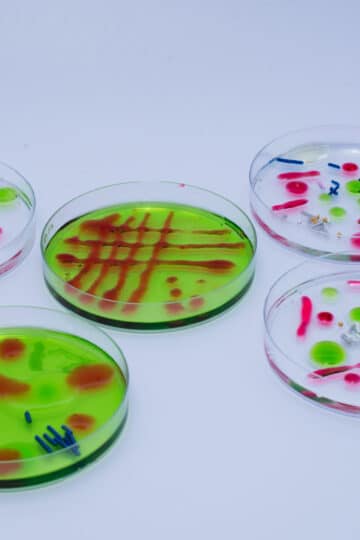
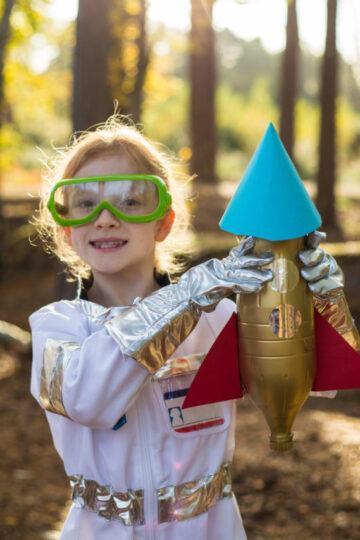


Leave a Reply